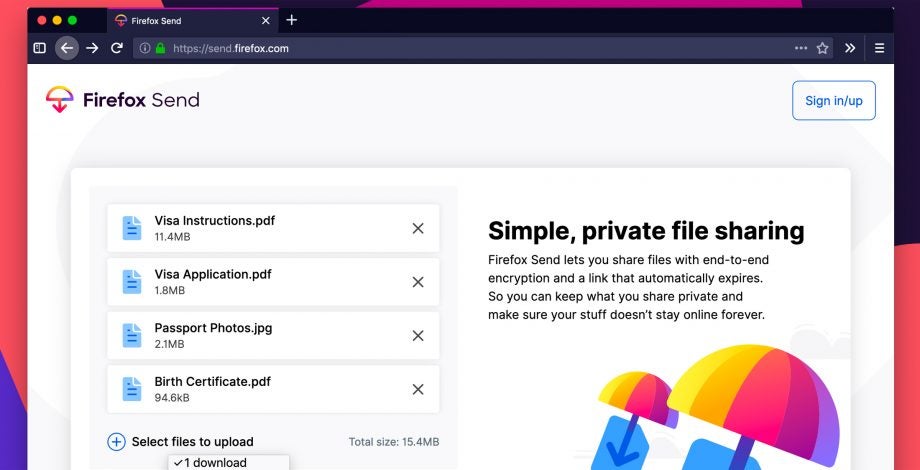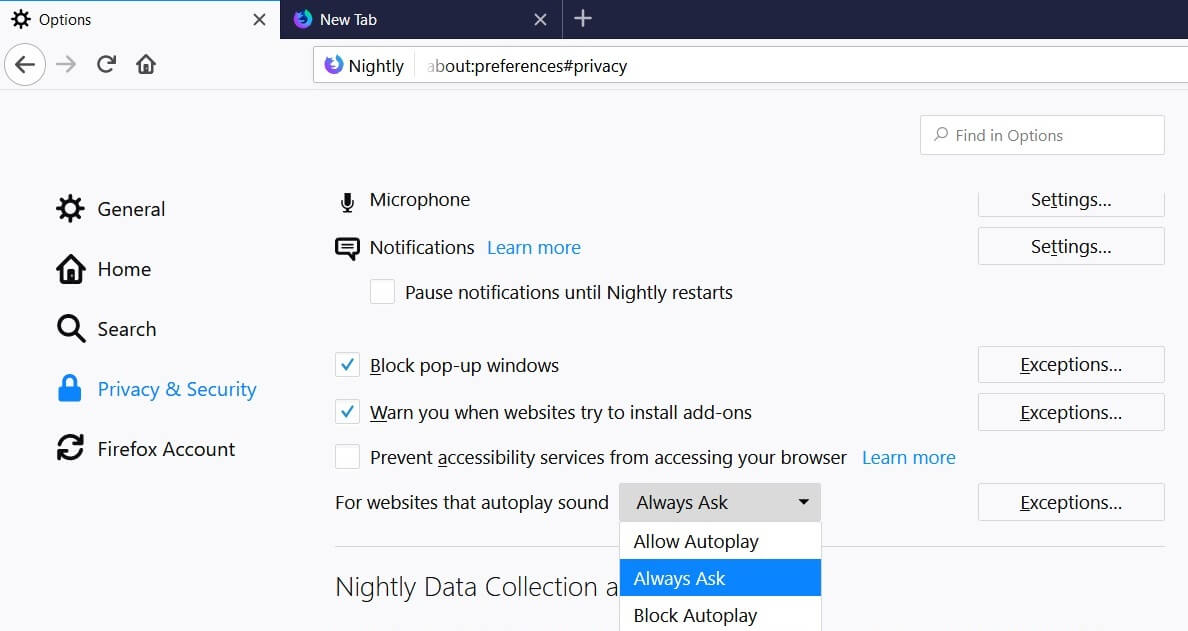

Wait and try to log in to the account again and on the account. If login fails on that browser then, Yahoo might be down because of a temporary site issue. As we have discussed that, you can do that by signing to Yahoo email with a different web browser like IE. You will need to use a procedure to detect if Firefox prevents you from signing into Yahoo Mail. If yes, then, move ahead with the troubleshooting step because there might be Firefox only behind this error. Check your internet connection and make sure if you can be able to sign in to your account on another web browser. But if you are not able to sign to Yahoo on Firefox then, there might be chances that the browser is preventing you from signing into your Yahoo account. One can easily sign in to a Yahoo mail account and for that, you will need to enter the Yahoo account credentials. The reason behind not accessing Yahoo on Mozilla Check if there is a Button of Firefox missing.Clear Cookies and Temporary Files from Mozilla.The reason behind not accessing Yahoo on Mozilla.Note: your proxy settings may also need to be configured to allow using the NON-FQDN address (the alias) for the website.Double click on the setting to set it to true.These steps show how to configure Firefox to automatically authenticate to websites that do not use a FQDN (fully qualified domain name) – which are typically internal Intranet websites. local if you want to apply this to all websites that match *.localĪllow NTLM authentication for all internal websites You can ommit the transport protocol (http or https). If you have more than one separate using a comma. Double click on the setting and enter the website address.In the address bar enter about:config and hit enter.Allow NTLM authentication for particular site(s) How you configure the setting depends on what you want to do.

You can do this using the about:config page or as part of the installation if you are distributing Firefox to multiple computers. To enable NTLM authentication you will need to customise your Firefox settings.

Or even worse, a ‘You are not authorized to view this page’ message.

This results in Firefox prompting for a username and password for Intranet websites that Internet Explorer would automatically authenticate to. By default Firefox will not use your Windows credentials to authenticate to websites that require network level authentication.


 0 kommentar(er)
0 kommentar(er)
